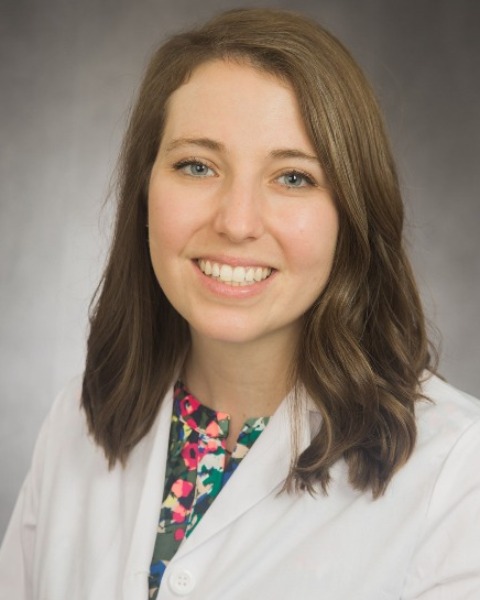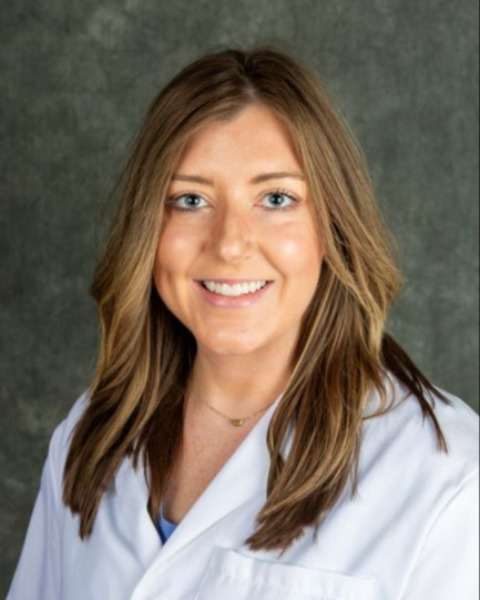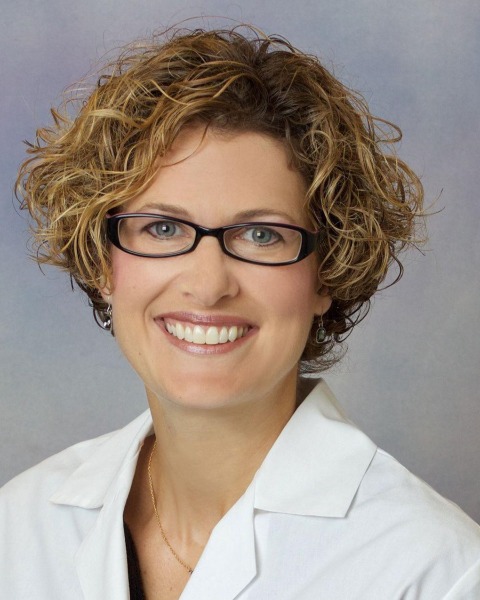Public Health/Global Health
Poster Session 4
(1121) Prenatal Diagnosis Post-Dobbs in an Abortion-Banned State: A Retrospective Cohort Study

William L. Riley, MD (he/him/his)
Maternal Fetal Medicine Fellow
University of Tennessee Knoxville
Knoxville, TN, United States- AH
Alixandra Hunzicker, MD,MS,BS
UT Medical Center Knoxville
Knoxville, TN, United States - NZ
Nikki B. Zite, MD, MPH
Vice Chair of Education and Advocacy
University of Tennessee Graduate School of Medicine
Knoxville, TN, United States - JM
Jill Maples, PhD
University of Tennessee Medical Center
Knoxville, TN, United States - AM
Alicia Mastronardi, MPH
University of Tennessee Graduate School of Medicine
Knoxville, TN, United States 
Alissa Paudel, MD (she/her/hers)
Maternal Fetal Medicine Fellow
University of Tennessee Medical Center Knoxville
Knoxville, TN, United States
Rebecca Purvis, MD (she/her/hers)
Maternal Fetal Medicine Fellow
University of Tennessee Medical Center Knoxville
Knoxville, TN, United States
Kimberly B. Fortner, MD (she/her/hers)
Professor and MFM Fellowship Program Director
University of Tennessee Medical Center
Knoxville, Tennessee, United States- KC
Kristina Carter, MD
UTMCK
Knoxville, TN, United States
Primary & Presenting Author(s)
Coauthor(s)
Study Design:
A retrospective cohort study (IRB #5070) examined viable pregnancies electing diagnostic genetic testing by either chorionic villus sampling (CVS) or amniocentesis during two 9-month periods before and after Dobbs at our regional MFM practice. Cases were identified by CPT codes; demographic information, procedure details, and results were collected for comparison. Area deprivation index (ADI) rankings and cross tabulation tables were created; chi-square tests were used to determine significance.
Results: 119 patients underwent diagnostic genetic testing during the periods studied (7/1/18 to 3/31/19 = 48; 7/1/22 to 3/31/23 = 71). Demographic characteristics are shown in Table 1. No difference in race, age at delivery, or gestational age (GA) at the time of testing were noted; however, GA at the time of testing for CVS procedures was statistically lower post Dobbs (12.88 vs. 11.99 weeks, p=.024). Prior to Dobbs, CVS accounted for 16.7% of diagnostic procedures (11.2 per thousand 1st trimester exams (76801)), compared to 26.8% post-Dobbs (19.5 per thousand 76801). After Dobbs, a significantly higher proportion of patients undergoing CVS for diagnostic testing were publicly insured (0% vs. 52.6%, p=.012) while ADI ranking did not differ.
Conclusion:
Following events that limited access to in-state abortion, we observed an increase in the number of patients seeking diagnostic genetic testing and a larger proportion undergoing CVS. We also observed an increase in pre-pregnancy BMI and public insurance status with a decrease in GA at the time of CVS. Further work will be aimed at determining the impact of this increased and earlier testing and explore the association with insurance status and BMI.

